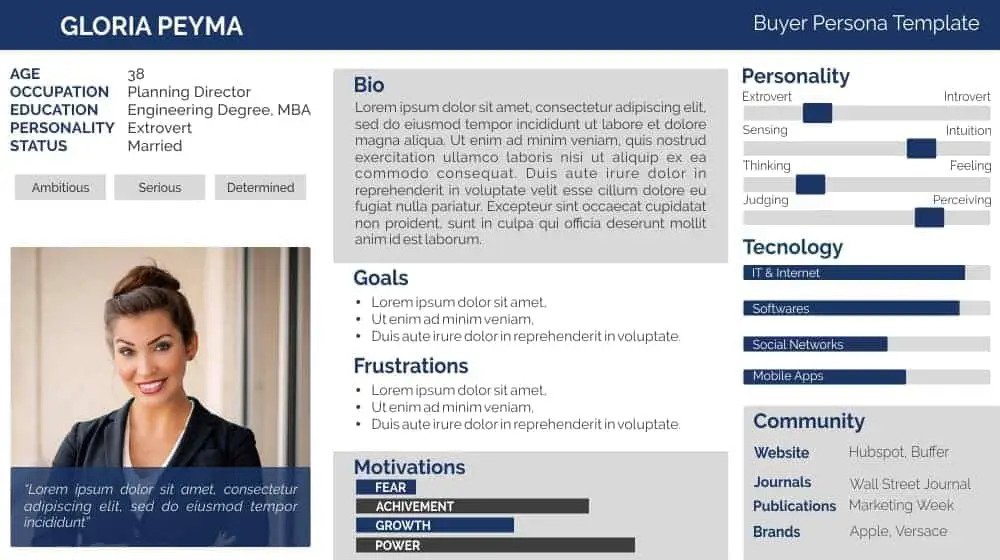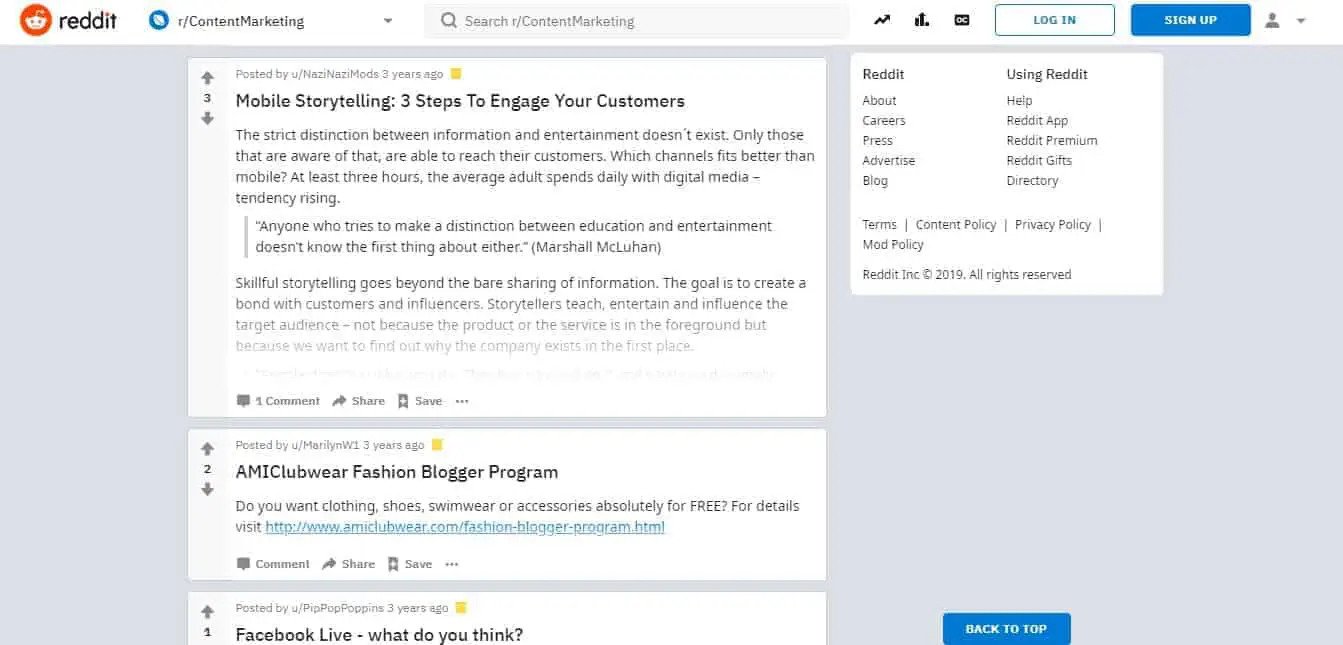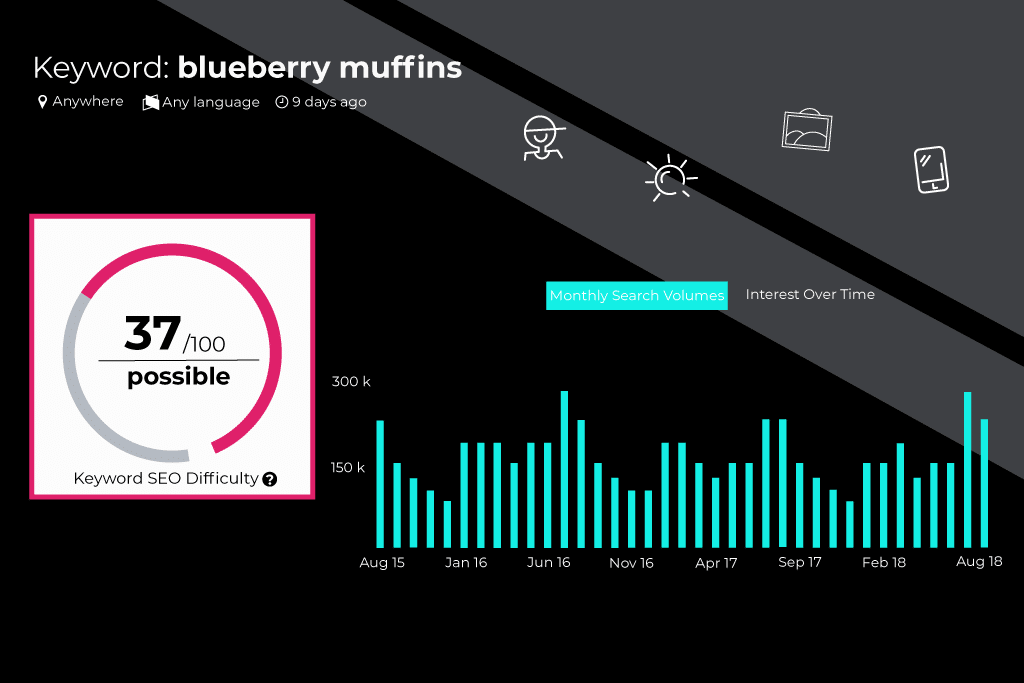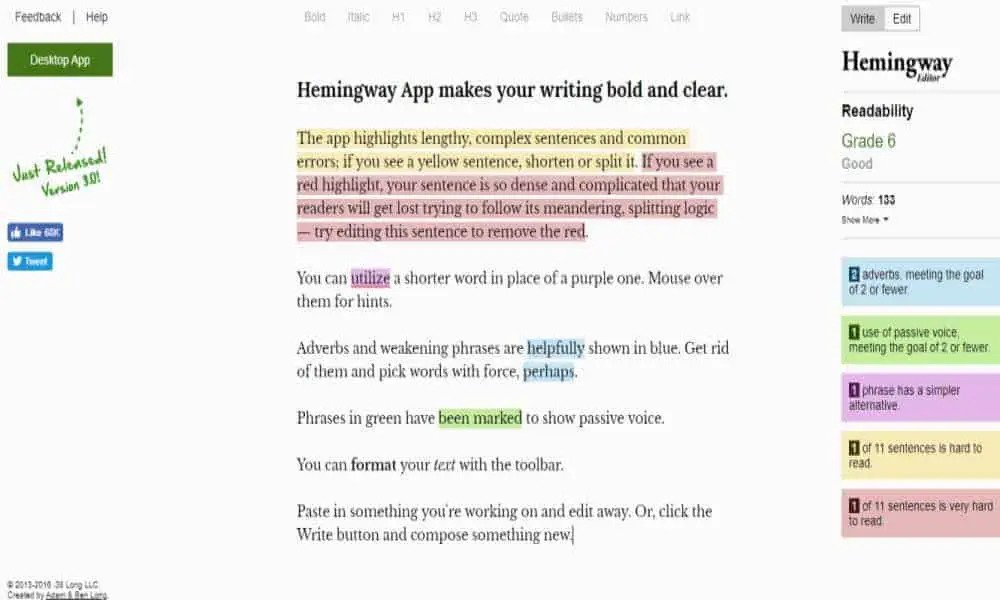SaaS Marketing Guide
B2B SaaS Content Marketing
Book a FREE SEO Strategy Consultation >
Further Reading:
- SaaS Marketing Strategy
- SaaS Content Marketing
- SaaS SEO
- SaaS Account Based Marketing
- SaaS Email Marketing
- SaaS Inbound Marketing
- SaaS Retargeting
- SaaS Marketing Budget
- SaaS Marketing Plan
- SaaS Referral Marketing
- SaaS Demand Generation
- SaaS Customer Journey
- SaaS CMO Strategy
- SaaS link building
- SaaS Lead Generation
- SaaS Landing Page Examples
- SaaS CMS
- SaaS Customer Churn
- SaaS Marketing Automation
- SaaS Marketing Campaigns
- SaaS Marketing Agency
- SaaS SEO Agency
- SaaS Link Building Services
The first posts in our series for B2B SaaS businesses are all about getting traffic to your site. There’s hardly a more effective way of boosting the traffic a website receives than with good content marketing. Creating and sharing high-quality content is vital for any business.
Effective content marketing helps establish your brand as an authority in your field. It helps to build trust with those who consume your content and who may then become customers. It also goes hand-in-hand with good SEO. High-quality content will help meet real user intent and so please Google.
To ensure your firm is making the most of this form of marketing, you need a content marketing strategy. That’s how you keep producing content that’s high quality and useful to readers. Creating content for the sake of it is no good. Your content marketing strategy must be top-notch.
Unlike some aspects of marketing, content marketing planning is easier than it sounds. Below we’re going to talk you through four major parts of developing a content marketing strategy.
01. Defining Your Ideal Customer
We’ve already touched upon how important it is that the content you create is useful to those who consume it. The way to ensure the utility is by focussing on relevance. Everything you create and share must be relevant to your target audience. To do this, you need first to define your ideal customer.

A buyer or customer persona is a well-researched representation of your ideal customer. The persona will detail the demographic traits of your customer. It will also reveal their interests, their goals, and the challenges they face. All of those things determine the content they’ll want to consume.
Understanding your customer will help you define what content to create and which keywords to target.
Creating a customer persona is an exercise in research. You can build a customer persona through conducting surveys, interviews, and analysing your analytics data. Much of this process will involve focussing on your existing customers. They must be interested in your service, after all, as you want them to pay for it.
You’ll probably have a good deal of personal information on your current customers. That should help you pin down the demographics of your target audience. Some of the more complicated Google Analytics tools can help you get a picture of your customer’s interests. The platform’s Interests reports are most helpful in this regard.

Analytics reports provide you with crucial information on visitors to your website. The reports categorise visitors by their likely lifestyles and list potential interests. You can use this information to bulk up and round out your customer persona.
Book a Consultation
With a customer persona built, you will know the general interests of your target audience. Now, you need to start finding more specific topics based around keywords people search for that will interest them. These will be the topics that your content can focus on to answer the real intent of your audience. There are many ways to generate these topics.

Forums or platforms like Reddit can be a great place to find additional content ideas. Choose a forum or a subreddit related to the interests shared by your target audience. Then, browse discussions to find actual questions that your target audience are asking. These are the things that they’re actively looking to find out about online.
Think logically about the info your personas contain and topics should be easy to come by. That’s the first significant stage of your content marketing planning.
02. How to Choose Your Keywords
An understanding of topics your target audience is interested in isn’t the same as a content marketing strategy. You need to take those topics and use them to generate keywords to incorporate into your content. If you can choose the right phrases, then with the appropriate SEO strategy, your content will appear on Google.
Keyword research is a crucial part of content marketing and SEO. There’s a lot of complexity involved. For the sake of this guide to content marketing planning, we’ll give you a whistle-stop tour. First, it’s important to understand the different kinds of keywords. There are two main types that you will use in your content.

Those two types are called ‘head’ and ‘long tail’ keywords. They get their names from their position on the search demand curve, as shown above. ‘Head’ keywords are plotted at the head of the curve. They have a high search volume, and therefore, lots of pages will compete to rank for them.
‘Long tail’ keywords fit within the long tail of the curve. Each keyword is specific and so searched for less frequently. That also means that competition is lower when it comes to ranking for these keywords.
There are pros and cons to focusing on either type of keyword for your content marketing. You will have to spend more time and money on your SEO to rank for head keywords. If you do rank for them, the boost to your site traffic will be significant.
It’s often easier and cheaper to rank for long tail keywords. Each one you rank for will only provide a small bump in traffic. That little bump could still be valuable if your ideal customer is doing that search. To understand what we mean by that, we need to look at the customer journey.

Each customer goes through a particular journey towards buying a product. It starts with awareness of a need or an interest in a topic. At some point, they will decide they need a product. Then, they make a purchase. These are the three most important phases of the journey. At least for content marketing planning.
People searching for long tail keywords which are buying terms are often closer to making a purchase decision. They know what they’re looking for, so their search phrases are more specific. Traffic from long tail keywords, then, generally converts more readily to sales. Searchers using head keywords are likely to be less far along the customer journey.
Your chosen keywords and the content that you base around them should account for this. Choose a selection of head and long tail keywords. Create content optimized for each. Ensure that the content reflects the stage of the customer journey of its consumers.
Content optimized for head keywords needs to be educational and general. It must appeal to those interested in your overall niche, not only your business or product. Long tail optimized content can be a bit more salesy. It must still meet user intent, but you can pitch this at users close to making a purchase decision.
Your content marketing strategy is now starting to take shape. You know the general subjects and topics your content must address. You’ve also identified target keywords. Your site doesn’t exist in a vacuum, though. What you need to do now is to look at the broader search landscape for your niche.
03. How to Research the Competitive Landscape
It would be great if only your site were trying to rank on Google. That’s not the case. Your business competitors will also be your competitors when it comes to ranking for relevant keywords. In many cases, other sites and pages will also be vying for the coveted spots at the top of a SERP.
You need to understand your competition. That way, you can find the best keywords to target for your content marketing strategy.

Your first port of call is to look at the difficulty score for a given keyword. Difficulty or Competition is a simple score attached to a keyword. It suggests how tough it will be for you to rank highly for that keyword.
The higher the score, the more difficult it will be. The score will be a percentage from 0-100. You can find keyword difficulty scores using any one of several online tools. SEMrush, for instance, has a keyword difficulty tool.
Focus on keywords with a difficulty score of 75 or less. Any higher and, it will take so long to see a result you might end up bust. Targeting keywords with a lower keyword difficulty is far easier. As long as content optimized for it fits the interests of your audience.

It’s also worth looking at the sites already ranking on page one for a particular keyword. They’re the sites you’ll be competing with. Take, for instance, a SERP packed with sites with high domain authority as in the above example. It will be almost impossible to outrank those sites. You’re better served focusing on a different keyword.
04. Tips for Good Online Copywriting
That’s almost it for this guide to good content marketing planning. You’ve built your customer persona and found relevant keywords. That means it’s time to start producing your content. Before you do, you might find it helpful to learn a little more about what makes for good online copywriting.
You need your written content to capture and keep readers’ attention. There are a few things to keep in mind to ensure this. First of all, your content must be as easy to read as possible. Even if you’re discussing complex topics, try to keep both sentences and paragraphs as short as you can.

Free tools are also available to assess the readability of your content. The above image is a screenshot from Hemingway. It’s a tool that gives your writing a grade based on its Flesch readability score. The Flesch Score shows you how easy something you’ve written is to read. The tool also offers suggestions to help you improve your content’s score.
Aside from readability, the tempo is something else to consider. You can make your content more engaging by mixing up the tempo. Short, choppy sentences can create urgency at the right points. Longer sentences can then be mixed in to keep things interesting.
05. Conclusion
That’s all there is to it. We did say that content marketing strategy was easier than it sounded. In a nutshell, it involves just three main elements.
First, you identify your target audience. These are the people that you want to target with your content. It’s vital always to keep that in mind. Your content is to help them, not your site’s SEO. That is a nice bonus.
Once you’ve defined your audience, you find the topics and keywords to fit — keywords which will help your site to rank and to gain more traffic. More importantly, keywords that fit within the content which is useful to your audience.
Finally, you then assess what your competition is doing. That helps you find the keywords that are and aren’t worth targeting. With all that info collected, you will have finished your content marketing planning. You’re now ready to create top-class content that will get your site more traffic.
